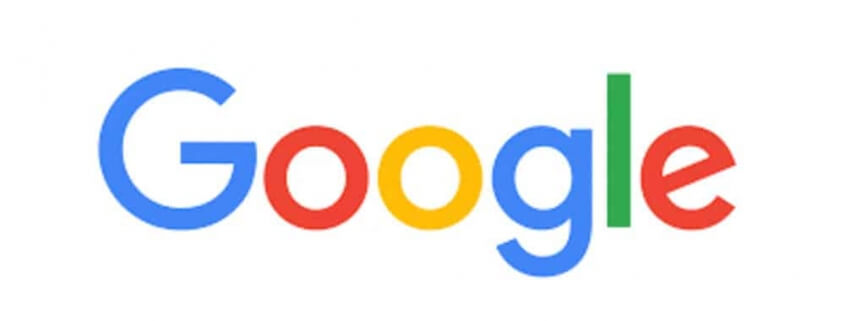Master Google Photos
To put it simply, Google Photos – even with its quirks – is a revelation. Within minutes of playing with the free product, I knew I was going to cancel my SmugMug account. I also knew that I would probably never look at Amazon Photos again. If you use the free version, Google will compress your photos (down to 16 megapixel – still quite large). The paid version is inexpensive (100 GB is $1.99/month. 1 TB is $9.99/month).
The appealing features include unlimited storage for photos and videos, some neat user-interface tricks that make the thousands of photos that we all now take easier to navigate, and, perhaps most importantly, smart image recognition technology that makes your library of photos almost endlessly searchable. Google Photos promises to turn the haphazard collection of images you generate daily into sortable batches of meaningful photos.
We still have a lot of exploration to do, and some pain points are already evident. For example, migrating 50GB of my photos from SmugMug to Google Photos was a headache. I had to download in increments from SmugMug (55 zipped files in all) and then unzip and upload folder by folder to Google Photos. It took about 4 hours.
It’s also worth noting that all of this has been done before in some form or another. Facebook has great facial recognition. Flickr can identify content in your photos and place them in broad categories. Google’s real accomplishment here is stringing everything together more or less seamlessly. Plus, you’ve already got a Google account. No new accounts! Just sync everything you take on your phone and this stuff all works like magic.
Twelve Steps to Make Yourself a Google Photos Master
Step 1 – Share and Unshare
One of the best features introduced by Google Photos is the ease with which you can share an image or group of images through a link. Anyone with the link can see the selected pictures though, so you might want to review them regularly and delete the ones that are no longer required—choose Shared links on the web menu to do this.
Step 2 – Test Out the Search Capabilities
This is one of the most amazing things about Google Photos. Google Photos’ intelligent search function is more intelligent than you might think. As soon as you click inside the search box in Google Photos on the web you’ll be given some suggestions, but you can look for almost anything: Try “truck”, “wine”, “ice”, “dog” or even “selfie”, for example, or a photo type like “panorama” in your queries. It doesn’t get it right every time, but it looks like it learns from its mistakes. Because the search capability is so powerful, you no longer have to organize your photos in folders.
Step 3 – Send Videos to YouTube
Google Photos handles your videos too—it will store an unlimited number of them if you’re happy with a maximum quality of 1080p. If you have the paid version of Google Photos, the quality isn’t restricted but there’s a maximum video size of 10GB. Head to the YouTube upload page and there’s a new option to import clips straight from Google Photos into your YouTube channel, where you can title, tag, and share them as required.
Step 4 – Backing up Photos from Other Apps
This is where Google Photos really earns its chops and, in my experience, is much smoother than Apple’s icloud. Google Photos does a quick and clean job of sending pictures you snap on your smartphone or tablet to the cloud, but you can also do the same for apps like Instagram and WhatsApp on Android. From the Android app, open the app menu then tap Device folders to choose which folders to include or exclude from the back-up process.
Step 5 – Select Multiple Pictures at Once
Most of us will have a ton of digital images on our devices and Google Photos offers a few tricks to make managing them more straightforward. For example, inside the mobile app you can press and hold and then swipe to select multiple pictures—it’s almost as easy as using a mouse and a keyboard to drag across a bunch of photos.
Step 6 – Make Stories from Your Photos
Stories in Google Photos are like guided albums with captions and a particular flow to the pictures, but you need to go through the mobile apps to create them. Tap the Create icon (a plus symbol) then choose Story—from there you can select the relevant pictures, add captions and locations, and change the cover photo.
Step 7 – Remove Geolocation Data
The location data stored with your pictures helps Google link pictures together based on where they were taken, but you don’t necessarily want to include this data when you share photos with others. Head into Photos settings on the web and enable Remove geo-location in items shared by link to do exactly that.
Step 8 – Import Photos from Computers and Cameras
The mobile app for iOS and Android have been getting most of the attention—that’s where we take most of our photos after all—but you can upload photos from the desktop and memory cards too. Download the client for Windows or Mac, specify the folders you want to back up to the cloud, and Google takes care of the rest.
Step 9 – View Photos and Videos in Google Drive
Go into the Google Photos settings on your computer and you can choose to view photos and videos stored in Google Drive through the Photos interface: This doesn’t actually move them over, so if you disable the feature the images disappear from view in Photos. This is only really useful if you already have a lot of your content stored in Google Drive.
Step 10 – Download Photos to your Desktop
In Google Drive’s settings on your computer, you can create a folder showing your Google Photos and then install the Google Drive desktop client as well—everything uploaded from mobile and stored in Photos then gets saved to your local Google Drive folder. (If you also have the desktop uploader installed, you may end up with some duplicates.)
Step 11 – Check Out the Assistant
Google knows some of us take a ton of pictures of the same thing from slightly different angles or in slightly different lighting just to be sure we got it. Most of those repeat photos land in the dusty corners of our hard drives, never to be seen again. Assistant finds those repeat photos and puts them to use by automatically creating photosets, collages, and animations.
Even better: It detects images that are similar and, when possible, stitches them together to create panoramas. While you may not have had the presence of mind to snap a panorama, Assistant will pick up on those overlapping images and create the panorama you never thought to take.

Step 12 – Create a Video with Music and Share it in Minutes
This is perhaps the most powerful feature of Google Photos. What used to require a special photo or video editing program and at least an hour of your time now takes minutes to create. The Google Assistant actually created this one for me – https://goo.gl/photos/9bJtewdmj9wEz6yK8





Leave a Reply
Want to join the discussion?Feel free to contribute!